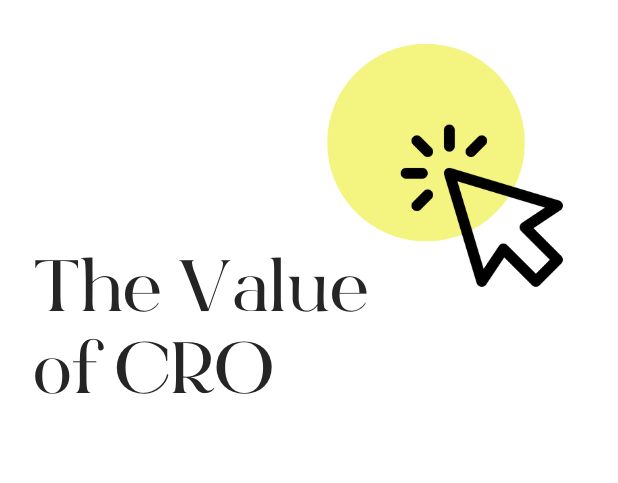Whether you’re launching a new product or service, or just trying to capture a new audience, when it comes to growing a brand, proper planning is imperative to know whether or not you’re targeting the wrong audiences, if a particular market is too saturated with similar solutions, or what differentiates your product or service, and how to position it in the market for brand success. To avoid these potentially harmful mistakes, you need to craft a thoughtful, actionable go to market strategy (GTM) to help your brand succeed in a new market. After all, you don’t want to risk wasting time and resources on launching an unprofitable product or service. This is where a go to market strategy comes in. But what is a go to market strategy and why does your brand need one?
What is a Go-To-Market Strategy?
In the simplest terms, a go to market strategy is the way a brand brings a product or service to the market. It’s a data-informed roadmap that measures the viability of a product or service and predicts its performance based on market research and competitive data. GTMs aren’t just for new brands either! They can be used when launching a new product under an existing brand, advertising in a new market, or building an entirely new business.
At BuzzShift, our GTM process takes it one step further to include an audit/review of existing products and content, as well as strategic recommendations for paid media, the website, and primary digital channels to drive action and traffic to the website. This includes tactical recommendations as well as a detailed breakdown of investment per channel, per audience, per goal.
What is Included in a Go-To-Market Strategy?
Every go to market strategy at BuzzShift starts with a discovery session. During this discovery, we ask detailed questions to gain a thorough understanding of our client’s current initiatives, long-term objectives, competitors, and existing digital ecosystem. We then establish benchmarks and baselines based on industry and historical data. With this data-informed approach, we provide recommendations, including, but not limited to, content, creative, and paid media that align with the client’s benchmark goals and define what channels and methods we will use to connect with our target audience.
The finished go to market strategy is a robust look into your industry as a whole and includes key trends that can affect your business’s bottom line. The go to market will also present key insights detailing where your industry and niche are currently, where it’s headed, and who’s influencing it. At BuzzShift, we break down your audience into segments so you and your brand team can better understand what catches their attention, what drives them, and what inspires conversion. From your audience to your content to your paid activities, we create a clear picture of your Omnichannel approach, then detail your entire digital ecosystem. We define best practices not just for you and your brand, but also by capabilities, what resources you have, and what is achievable now. We use a combination of both builders and drivers to create a scalable, sustainable strategy that can grow alongside your growing brand.
Why Does Your Brand Need a Go-To-Market Strategy?
It’s a well-known fact that 90% of startups fail. A well-crafted go to market strategy can prevent many of the mishaps that lead to these failures because even the brightest ideas can fail if they’re not executed effectively. While a GTM strategy isn’t guaranteed to garner success or prevent failure, it can help you manage expectations and develop a concrete plan for scalable and sustainable growth and help you work out any kinks before you invest in launching your product in a new market.
About BuzzShift
BuzzShift is a full-service digital growth strategy agency with a focus on mid-market, scaling DTC Brands. By combining the ideologies of a branding, performance marketing, and retention agency, we are able to create memorable experiences with measurable results, and build long-term success for our clients with scalable, sustainable growth. Learn more about BuzzShift.






